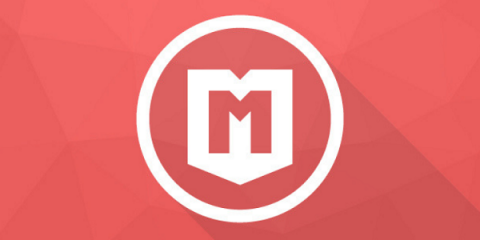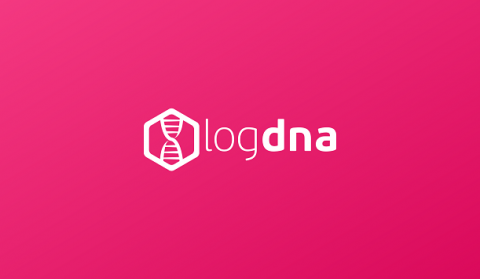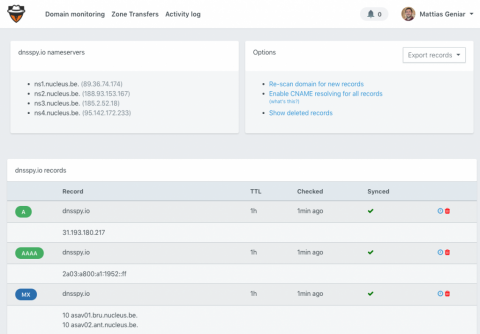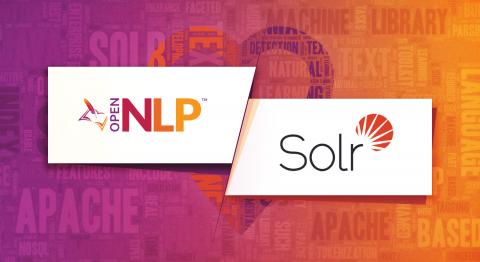Operations | Monitoring | ITSM | DevOps | Cloud
Latest News
Introducing Custom Parsing on LogDNA: A dead simple way to define your own log parsing rules
We’re excited to announce that LogDNA’s built-in log parser offers custom parsing, now available in beta. This means you can now use our step-by-step wizard to wrangle non-standard log formats and run custom transformations on your logs, allowing you to easily search and graph log lines that were previously off limits. The best part is, it’s a simple three step process: search, extract, validate… done!
Five Customer Service Tools to Boost Your Business
It’s a well-known and often repeated business motto that it is cheaper to retain customers than it is to attract new ones. In order to save on marketing, networking, and the cost of potentially losing disgruntled customers, your customer service needs to be on point. You should already have a strong team in place whose focus is on service, but consumers are starting to expect more from the companies they support.
How Box.com migrated 350K Nagios objects to Sensu
At Sensu Summit 2018, Box.com Sr. Infrastructure SRE Trent Baker told the story of how they migrated over 350,000 Nagios checks to Sensu. In this post, I’ll recap that talk, sharing some info about the infrastructure at Box.com, how they migrated a legacy monitoring system, and what’s next.
A big update to DNS Spy
It’s been a bit quiet on the DNS Spy front lately, hasn’t it? Well, today is about to change that. We’ve launched a big update to DNS Spy. Mostly behind the scenes improvement, but certainly a few things everyone can enjoy!
PPS Spike Every 110 Seconds on AWS EC2
I don’t know what to say about this post… I found something weird while investigating PPS on EC2. It seems to correlate with CPU credits on t1/t2/t3 instances, but is consistently inconsistent in presentation. It only shows up when you track the stats yourself, because Cloudwatch doesn’t show the 1-second granularity needed to see these numbers.
October Launch Notes: New Raygun4Apple provider, updated agent, and new default login page
Raygun’s Launch Notes are your regular roundup of all the improvements we made to Raygun in the last month — from major feature releases to performance updates.
Win-Win Deployment Strategies for Modern Apps
These days, the biggest change to software development is the frequency of deployments. Product teams deploy releases to production earlier (and more often). Months or years-long release cycles are becoming rare—especially among those building pure software products.
Five cybersecurity best practices to follow in 2019
Research by Cybersecurity Ventures predicts ransomware alone will cost businesses around the world more than $11.5 billion in 2019. What’s worse, this same study also predicts businesses will experience a cyberattack every 14 seconds by 2019, up from once every 40 seconds in 2016. So what can you do to mitigate the increasing threat of cyberattacks? Here are five IT security best practices that can help.
Named Entity Extraction with OpenNLP
We recently had a presentation at Activate 2018 about entity extraction in the context of a product search. For example: how to tell, when the user typed in Activate 2018, that the intent was to run conference:Activate AND date:201











